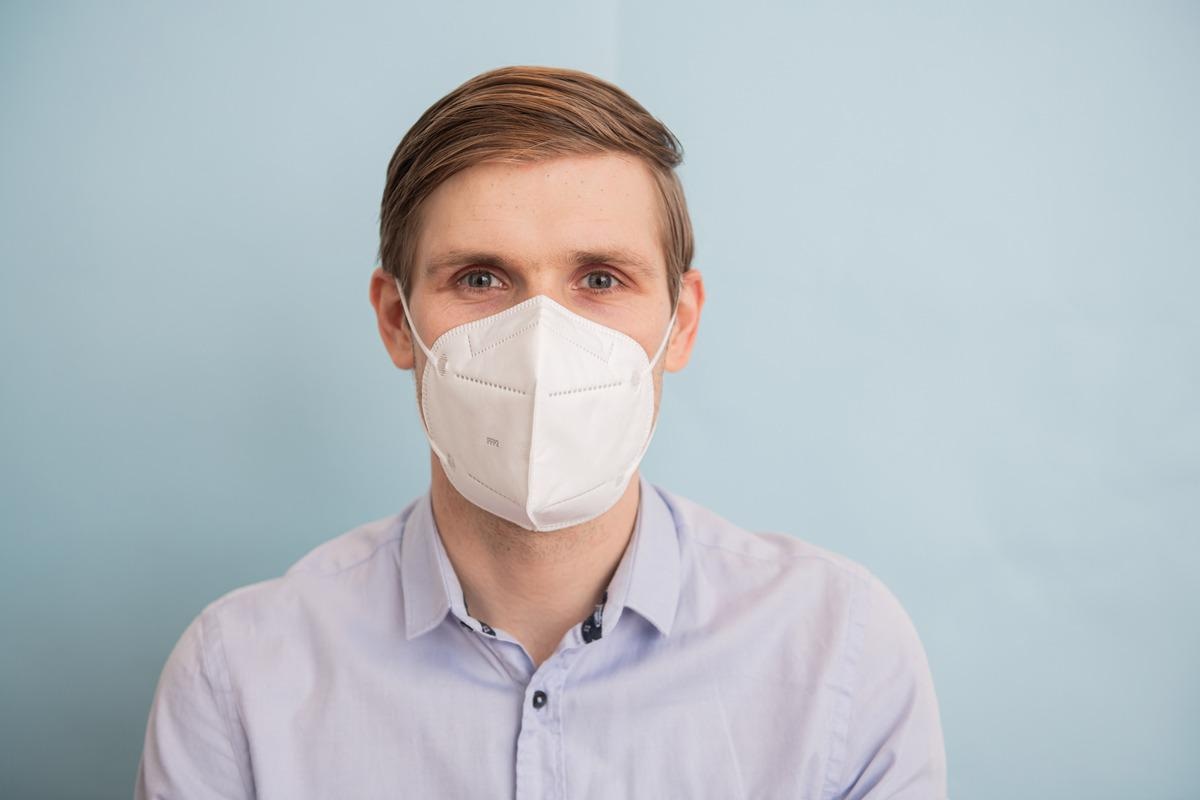 By Sam HancockReviewed by Danielle Ellis, B.Sc.Jan 10 2022
By Sam HancockReviewed by Danielle Ellis, B.Sc.Jan 10 2022Since coronavirus disease 2019 (COVID-19) emerged, it has spread to nearly every country globally and caused over five million deaths. Many countries were forced into costly and restrictive measures to reduce the high transmission rate of the disease. These included the mandatory wearing of face masks in public, social distancing restrictions, and even full lockdowns/stay-at-home orders.
 Study: Impacts of COVID-19 and SARS-CoV-2 on male reproductive function: a systematic review and meta-analysis protocol. Image Credit: Girts Ragelis/Shutterstock
Study: Impacts of COVID-19 and SARS-CoV-2 on male reproductive function: a systematic review and meta-analysis protocol. Image Credit: Girts Ragelis/Shutterstock
While the development of vaccines and deployment of mass vaccination schemes allowed some governments to dismantle these, the rise of dangerous new variants has led to spikes in cases worldwide. Even now, over two years since the initial discovery of the disease, the full long-term impact of infection with severe acute respiratory syndrome coronavirus disease 2 (SARS-CoV-2) is still unknown, especially regarding its effect on male reproductive function. In a protocol published in BMJ Open, researchers from the Chengdu University of Traditional Chinese Medicine plan to review current studies in this area.
A large part of the pathogenesis of SARS-CoV-2 is due to the transmembrane homotrimeric spike protein, which is split into two subunits that must be separated by a host protein. S1 contains a receptor-binding domain (RBD) that binds to angiotensin-converting enzyme 2 (ACE2) to permit viral cell entry, while S2 mediates membrane fusion.
ACE2 is expressed in most epithelial tissues, including the corpus cavernosum, testis, and male reproductive tract, and is known to participate in many important functions required for male fertility. It is also theorized that the intense immune, fever, and inflammatory response resulting from COVID-19 could damage testicular activity.
The study
The researchers will examine any studies that had evaluated the reproductive function of men who had confirmed SARS-CoV-2 infection, including any observational designs. Studies have to be in English or Chinese to be considered, but there are no restrictions concerning ethnicity, publication status, geography, or medical conditions.
The primary outcomes they are examining are ejaculate volume, total number, sperm concentration, sperm motility, sperm vitality, and sperm morphology. They are also examining detection of SARS-CoV-2 in Semen, male sexual hormones, sperm DNA fragmentation index, erectile function, and evaluation of testis/male genital tract. Reviewers will look through multiple databases, including PubMed, Medline, and the China National Knowledge Infrastructure, among others.
The reviewers plan to screen titles and abstracts, then remove duplicates and non-confirming studies. The remaining studies will be read in full before being included, and a third reviewer is required to confirm each decision. Regular consensus meetings will be held, with disagreements that cannot be settled by the two initial reviewers arbitrated by the third reviewer.
Data will be extracted from studies based on a predesigned form, including items such as study location and design, sample size, participant characteristics, disease characteristics, diagnostic method, interventions, and comorbidities. Quality assessment of individual studies will be achieved using the Newcastle-Ottawa scale for observational studies. This includes three groups of items – selection of study groups, comparability of groups, and exposure or outcome of interest. Reviewers will assess the risk of bias and give each study a score, with discrepancies discussed and, if necessary, arbitrated by the third reviewer.
The Review Manager software will be used to perform all statistical analyses. This will include using ORs/Risk ratios for dichotomous data. Continuous outcomes data will be expressed as a mean and analyzed through weighted mean differences. X squared test statistic and the I squared test will be used to assess heterogeneity among studies, with X squared used to detect the presence and I squared to calculate variation due to heterogeneity. Sensitivity analysis will be used to explore how robust the pooled effect of each study is. Finally, the scientists will use a funnel plot alongside Egger’s test and Begg’s test to assess publication bias.
Conclusion
This review could help examine the quality and variety of different studies examining male reproductive function in those who have suffered from infection with SARS-CoV-2. There remain many unanswered questions in this field, and gathering quality data together could help reveal trends and influences that could go overlooked. This review could gather information essential for healthcare workers and researchers and could someday help guide and inform further clinical research or even practice.